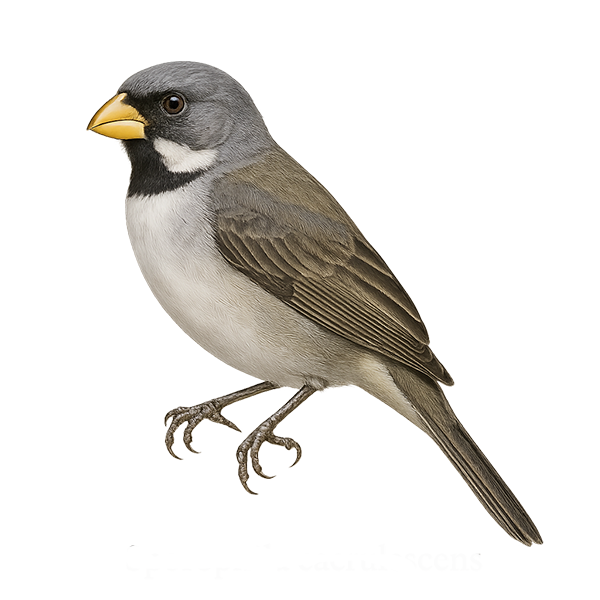Your wildlife photography guide.
Explore the double-collared seedeater in detail, study its behavior, prepare your shots.
Where to observe and photograph the double-collared seedeater in the wild
Learn where and when to spot the double-collared seedeater in the wild, how to identify the species based on distinctive features, and what natural environments it inhabits. The WildlifePhotographer app offers tailored photography tips that reflect the double-collared seedeater’s behavior, helping you capture better wildlife images. Explore the full species profile for key information including description, habitat, active periods, and approach techniques.
Double-collared Seedeater
Scientific name: Sporophila caerulescens

IUCN Status: Least Concern
Family: THRAUPIDAE
Group: Birds
Sensitivity to human approach: Suspicious
Minimum approach distance: 10 m
Courtship display: October to December
Incubation: 12-13 jours
Hatchings: October to January
Habitat:
Open forests, agricultural areas, urban gardens
Activity period :
Primarily active during the day, with peak activity in the morning and late afternoon.
Identification and description:
The Double-collared Seedeater is a small passerine bird belonging to the Thraupidae family. It is primarily found in South America, particularly in Brazil, Argentina, Paraguay, and Uruguay. Its plumage is generally gray with lighter shades on the belly and a darker cap. Males and females exhibit sexual dimorphism, with males often displaying brighter colors. This bird inhabits various environments, from open forests to agricultural areas and urban gardens. It primarily feeds on seeds but can also consume insects. The Double-collared Seedeater is known for its melodious song and its ability to adapt to different environments.
Recommended lens:
400 mm – adjust based on distance, desired framing (portrait or habitat), and approach conditions.
Photography tips:
To photograph the Double-collared Seedeater, it is advisable to use a 400mm lens or longer to capture precise details of its plumage. Look for areas where these birds are active, such as urban gardens or forest edges. Be patient and discreet, as these birds can be suspicious. Use a tripod to stabilize your camera and wait for the right moment to capture their song or feeding behavior. Morning or afternoon light is ideal for achieving natural colors and avoiding harsh shadows.
The WildlifePhotographer App is coming soon!
Be the first to explore the best nature spots, track rutting seasons, log your observations, and observe more wildlife.
Already 1 431 wildlife lovers subscribed worldwide

